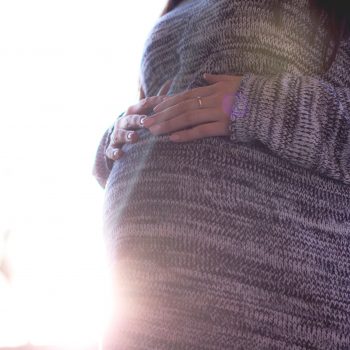The genes are not always responsible for hair loss. Although in many cases the canopy begins to become impoverished for reasons related to family history, in others the causes can be found under certain conditions or disorders. These include thyroid dysfunctions, as explained by Professor Andrea Lania, Professor of Endocrinology at Humanitas University and Head of the Operating Unit of Endocrinology at Humanitas.
Stress and hormones
The normal hair growth cycle takes several years to complete: a hair grows, then dies and is replaced. In a first phase, at a rate of about one centimeter per month, the hair grows. About 90% of the hair on the scalp is in this phase, while the remaining 10% is in the resting and retirement phase: the hair will have detached from its follicle and will be nearing the fall. Instead, a new one will grow.
Losing hair is normal. After a certain age, around forty, many people of both sexes begin to lose their hair. The loss, however, can be excessive, being a cause of discomfort for women in particular. There are several reasons for hair loss. Among these, as mentioned, there is a hereditary condition called androgenetic alopecia. Finally, stress is a factor that contributes to hair loss.
Hormones play an important role in hair loss. This is suggested, for example, by pregnancy, with the reduction of estrogen hormones, which can be associated with the phenomenon, and menopause. The role of dihydrotestosterone, a male sex hormone that damages hair follicles, is central to androgenetic alopecia.
Thyroid and dry hair
Hair loss can also be one of the symptoms of thyroid dysfunction: hypothyroidism and hyperthyroidism. In the first case the thyroid gland works slowly, and the production of thyroid hormone is reduced, in the second case it does so at an accelerated rate and the levels of this hormone in the blood are higher. Hair becomes drier and brittle and tends to get tangled, even eyebrows can become thinner.
The relationship between thyroid dysfunction and hair loss may also relate to another aspect. The main cause of hypothyroidism is Hashimoto’s thyroiditis, a chronic autoimmune disease. Since in the presence of an autoimmune disease increases the risk of the onset of other similar diseases, patients with Hashimoto thyroiditis may also develop alopecia areata.
The treatment of thyroid dysfunction, with the correction of hormonal imbalance, is often a solution to a tricological problem. The time required for treatment is about several months.
The indication is to always turn to qualified specialists, endocrinologists and dermatologists, and avoid resorting to DIY treatments and remedies: hair regrowth products may contain potentially harmful substances and interfere with endocrine function and hormone replacement therapy.









